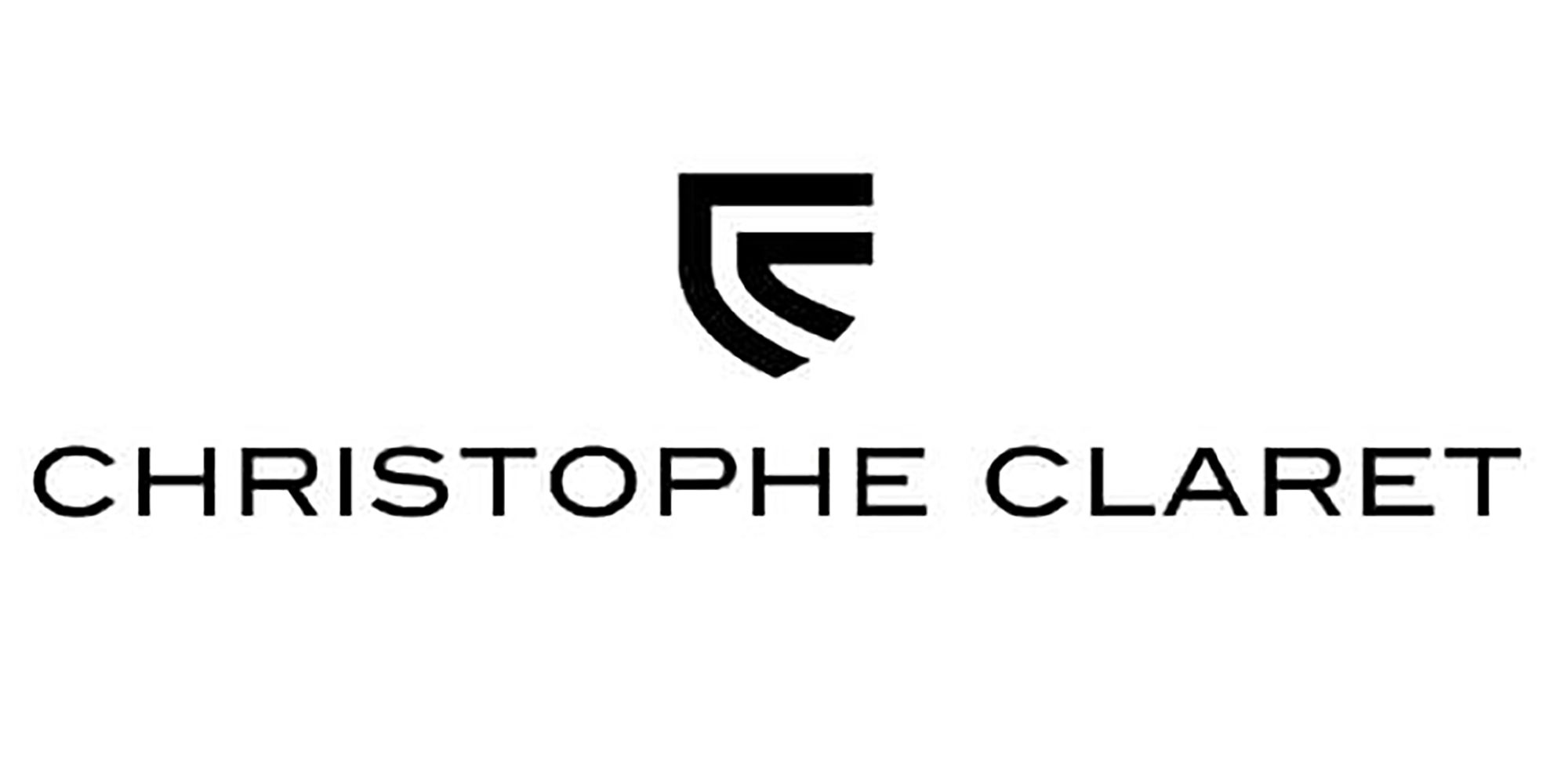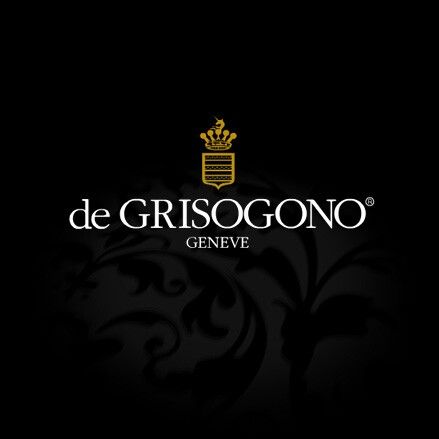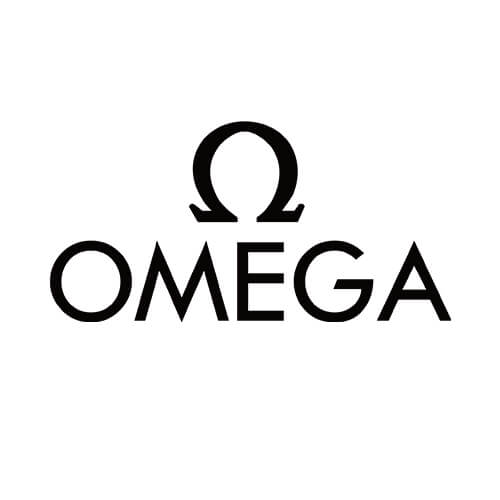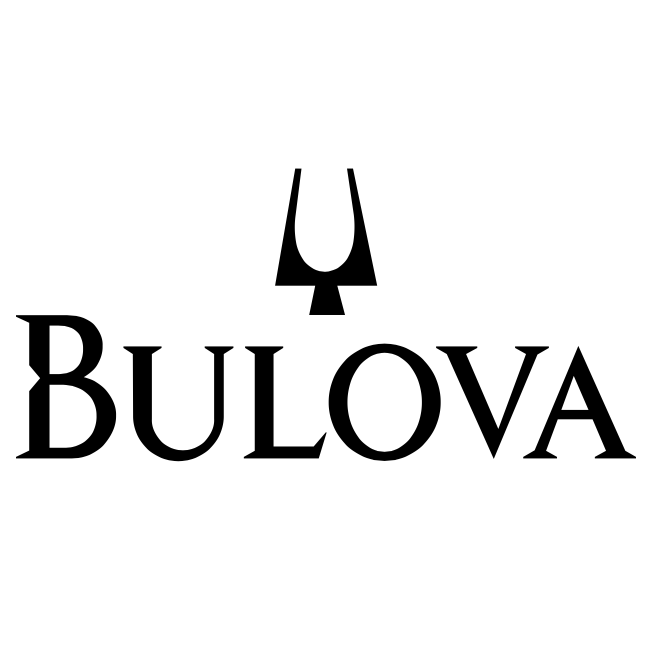Watch Facts
Quiz: 2024.07.27 Quiz (LOGO Game)

Christophe Claret, founded in 1986 in La Chaux-de-Fonds, Switzerland, is renowned for its highly complex and innovative watch movements, including tourbillons, minute repeaters, and chronographs. The brand gained prominence by creating exclusive movements for prestigious watchmakers like Ulysse Nardin, Breguet, and Cartier. Today, Christophe Claret continues to push the boundaries of haute horlogerie with unique timepieces that blend traditional craftsmanship with cutting-edge technology, often incorporating playful and imaginative elements

Founded in 1993 by Fawaz Gruosi, de Grisogono swiftly gained prominence for its avant-garde approach to high jewelry and timepieces. Distinctive for its bold designs and innovative use of black diamonds, the brand challenged traditional norms. Notable milestones include the introduction of the Instrumento N°Uno watch in 2000, acclaimed for its fusion of watchmaking and jewelry craftsmanship. The iconic “Melody of Colours” collection, launched in 2006, showcased vibrant gemstones in daring combinations.

Jaeger-LeCoultre was founded in 1833 by Antoine LeCoultre. In 1844, he invented the keyless watch system, a pivotal moment in watchmaking history. The company further advanced watch technology with the creation of the Millionometer in 1847, a device capable of measuring micron-level precision.
In 1903, LeCoultre joined forces with Parisian watchmaker Edmond Jaeger, giving rise to the Jaeger-LeCoultre brand. This partnership led to the development of ultra-thin movements and iconic timepieces.
The company’s logo, a stylized gold “JL” intertwined within an oval, symbolizes its fusion of precision craftsmanship and timeless elegance. This emblematic logo embodies Jaeger-LeCoultre’s commitment to horological excellence, epitomizing its esteemed position in the world of luxury watchmaking.

Established in 1832, Longines holds a prominent position in watchmaking history. Its legacy is marked by significant milestones: The brand introduced its first movement in 1867, and by 1880, it had already earned global recognition for its timekeeping precision. In 1913, Longines developed the revolutionary high-precision chronograph movement, solidifying its reputation for innovation.
The Longines logo, an hourglass with wings, speaks to its timekeeping expertise and elegance. It was registered in 1889, symbolizing the brand’s commitment to both precision and grace. The hourglass underscores accurate timing, while the wings evoke notions of swiftness and freedom, resonating with the brand’s spirit.

Omega was founded in 1848 by Louis Brandt. In 1894, the company introduced the iconic Omega 19-line caliber, which marked a significant advancement in watchmaking precision. This movement eventually led to the brand’s name, “Omega,” representing the ultimate achievement in horological accuracy.
Omega’s contributions to sports timing and accuracy began in 1932 when it became the official timekeeper for the Olympic Games, a role it still holds today. In 1965, NASA selected the Omega Speedmaster as the official watch for its astronauts, culminating in the Speedmaster becoming the first watch on the Moon during the Apollo 11 mission in 1969.
The brand’s logo, a Greek letter “Ω” (Omega), symbolizes perfection and achievement in watchmaking. This emblematic logo reflects Omega’s commitment to precision and innovation.
Throughout its history, Omega has consistently pushed the boundaries of timekeeping technology while maintaining its reputation for exquisite craftsmanship and iconic design, securing its place as a prominent and respected figure in the world of horology.

Established in 1839 by Antoine Norbert de Patek and François Czapek, Patek Philippe stands as a pinnacle of Swiss watchmaking. A pivotal moment came in 1845 when Jean-Adrien Philippe joined, bringing key innovations like the crown winding mechanism. In 1868, the brand developed its first wristwatch. In 1932, the Stern family assumed ownership, nurturing Patek Philippe’s legacy.
The Patek Philippe logo, a stylized Calatrava Cross, has evolved since its introduction in 1857. Inspired by the Calatrava cross, which symbolizes a blend of art and science, the logo mirrors the brand’s core values. Its current form, a refined emblem, was introduced in the 1950s, embodying timeless elegance and tradition.
Patek Philippe is renowned for its handcrafted timepieces, exemplified by the 1925 debut of the cushion-shaped Gondolo watch and the celebrated Calatrava collection in 1932. The 1989 creation of the Calibre 89, a pocket watch with numerous complications, underscored the brand’s technical prowess.

Vacheron Constantin, established in 1755 in Geneva, stands as one of the world’s oldest and most esteemed watchmakers. Its legacy of excellence is underscored by significant milestones: In 1770, the company’s founder, Jean-Marc Vacheron, crafted the first complication timepiece. In 1810, Vacheron Constantin pioneered engine-turned dials. The brand’s commitment to precision led to its adoption of the metric system for watchmaking in 1844. The emblematic Maltese Cross logo, introduced in 1880, symbolizes the brand’s commitment to horological tradition and innovation. Throughout its history, Vacheron Constantin has showcased exemplary craftsmanship, from the iconic 1907 “tonneau” case to the launch of the American 1921 collection. This dedication has garnered recognition, with Vacheron Constantin timepieces gracing the wrists of esteemed individuals and making enduring contributions to horological heritage.

Tudor was established by Hans Wilsdorf, the founder of Rolex, in 1926. The brand’s history is marked by significant milestones. In 1952, Tudor introduced the Oyster Prince, its first self-winding wristwatch. A year later, it supplied watches to the British Royal Navy, demonstrating its durability and reliability. In 1969, the Tudor Oysterdate Chronograph made its debut, showcasing a distinctive design.
The Tudor logo, featuring a stylized rose, symbolizes the Tudor dynasty, evoking notions of strength and endurance. This emblematic motif underscores the brand’s commitment to producing robust, high-quality timepieces. Today, Tudor continues to uphold its legacy of craftsmanship and innovation, crafting watches that combine heritage with contemporary style, making it a respected name in the world of horology.

Hublot, established in 1980 by Carlo Crocco, is a prominent Swiss luxury watchmaker renowned for its fusion of innovative materials and avant-garde design. A pivotal event in 2004 marked the entrance of Jean-Claude Biver and Ricardo Guadalupe, propelling Hublot’s transformation into a global horological force.
Key dates include 1980, when Hublot unveiled the groundbreaking natural rubber strap, amalgamating luxury with sportiness. In 2005, the Big Bang collection made its debut, combining unexpected materials like ceramic, titanium, and gold. This collection solidified Hublot’s reputation for innovative craftsmanship.
Hublot’s logo, a stylized “H,” is both its signature and a testament to its motto, “The Art of Fusion.” Representing the brand’s commitment to fusing tradition with innovation, the logo underscores Hublot’s identity as a forward-looking pioneer in horology.

Founded in 1875 by Joseph Bulova, a Bohemian immigrant, Bulova has established itself as one of the most innovative and influential watch brands in history. Known for numerous horological advancements, Bulova made significant contributions to timekeeping, including the invention of the Accutron watch in 1960, the first fully electronic watch that utilized a tuning fork for unparalleled accuracy.
Throughout its history, Bulova has been involved in notable events and achievements, such as producing military watches and instruments during World War II, sponsoring the first television commercial in 1941, and providing timing instruments for NASA’s space missions, including the Apollo 15 mission where a Bulova chronograph was worn on the moon. Today, Bulova remains a prominent name in watchmaking, celebrated for its blend of innovation, precision, and stylish design
